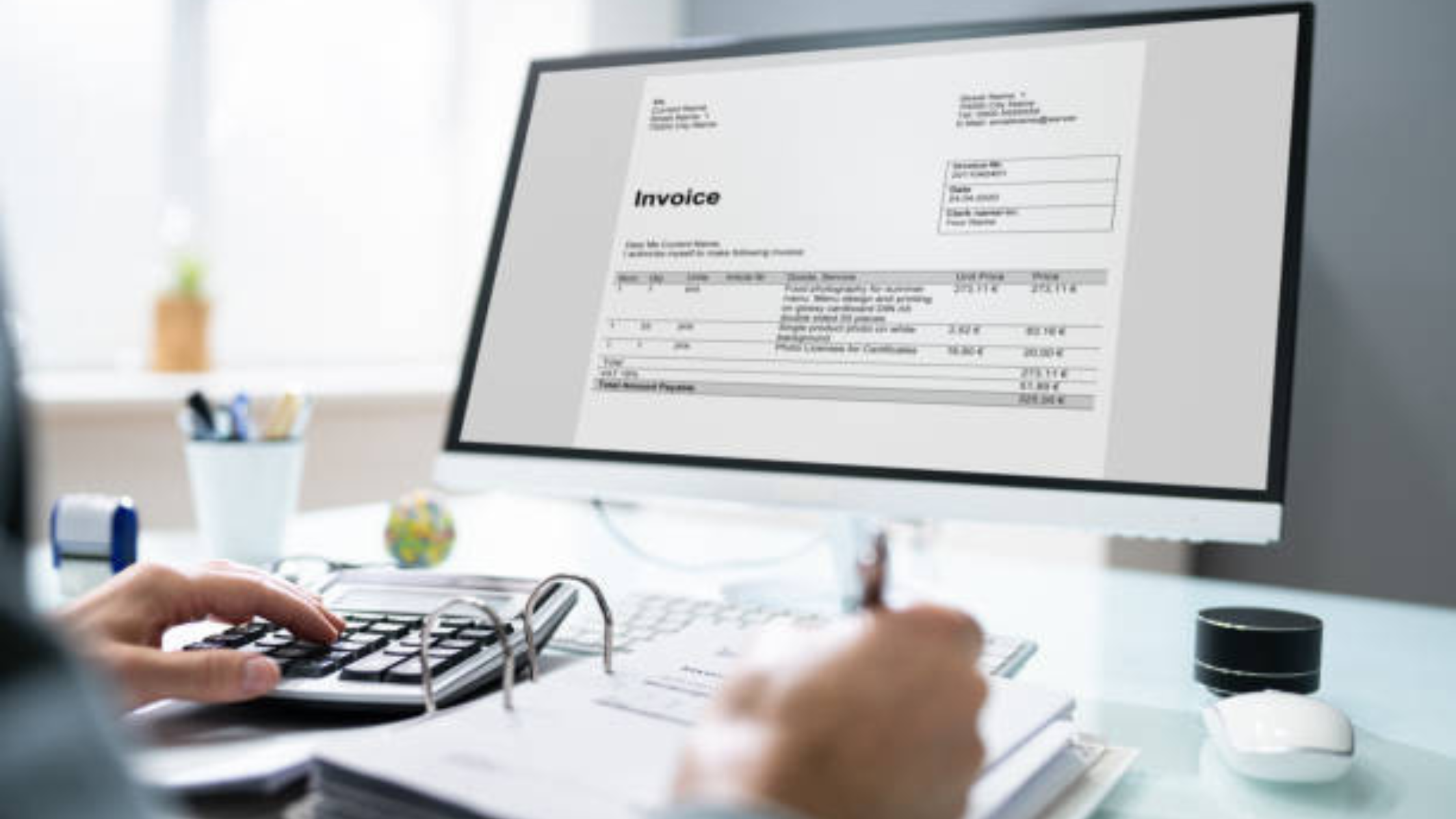The Driver Salary Receipt: A Powerful Tool for Driver Payment Transparency

Summary
Driver salary receipts provide a detailed breakdown of a driver's pay and benefits for a particular period.
They improve transparency, communication, and trust between drivers and their employers.
Receipts help detect errors or discrepancies in pay and encourage fair payment practices.
They provide a clear record of payments useful for tax and accounting purposes.
An implementation may involve training drivers and administrative staff and integrating receipts with existing payroll systems.
For years, drivers have been among the most exploited workers in the transportation industry, with many being paid less than minimum wage and forced to work long hours. One of the main problems has been a lack of transparency in driver payments. Drivers often have no way of knowing how much they are actually being paid, how that payment is calculated, or whether they are being paid fairly. This has led to numerous disputes and misunderstandings between drivers and their employers. However, with the introduction of the driver salary receipt, this is all beginning to change.
What is a Driver Salary Receipt?
A driver salary receipt is a document that provides a detailed breakdown of a driver's pay and benefits for a particular period. It includes information such as gross pay, deductions, taxes, and net pay. A driver salary receipt is different from a traditional pay stub because it is specific to the transportation industry and includes additional information, such as mileage pay, per diem, and fuel surcharges. By providing a driver salary receipt, employers can ensure that drivers receive a clear and accurate picture of their earnings and deductions.
Benefits of a Driver Salary Receipt
The main benefit of a driver salary receipt is transparency. When drivers have access to their payment information, they are better able to understand how their earnings are calculated and they can maintain a record to estimate their whole month’s earnings. This leads to greater trust and a better relationship between drivers and their employers.
In addition, a driver salary receipt provides verification of earnings and subtractions. It can help drivers detect errors or discrepancies in their pay, such as missing payments or incorrect deductions, which they can then report to their employers.
Driver salary receipts encourage fair payment practices and support compliance with labor laws and regulations.
Other benefits of a driver's salary receipt include:
Improved record-keeping: Driver salary receipts provide a clear record of payments, which can be useful for both drivers and employers when it comes to tax and accounting purposes.
Better communication: Driver salary receipts provide a platform for drivers and employers to communicate about payment issues, leading to improved communication and a more positive working relationship.
Increased driver satisfaction: When drivers feel that they are being paid fairly and that their employer is transparent about payment issues, they are more likely to be satisfied with their job and remain with their employer for longer. It builds trust among them too.
Challenges and potential solutions
Employers may face challenges in implementing driver salary receipts, such as the cost of creating and distributing them, or resistance from drivers who may not understand the purpose of the receipts. However, there are potential solutions to overcome these challenges. For example, employers can use digital platforms, such as online payroll systems or mobile apps, to create and distribute driver salary receipts. This can reduce costs and improve accessibility for drivers who may not have access to a physical copy of their receipts.
To address driver resistance, employers can educate their drivers on the benefits of salary receipts, such as increased payment transparency and fair payment practices. They can also solicit feedback from their drivers on how to improve the design and content of the receipts to make them more useful and user-friendly.
Implementing Driver Salary Receipts
Once a driver salary receipt has been created, it is important to implement it effectively. This may involve introducing the receipt as part of the driver payment process, and providing training to drivers and administrative staff on how to use it. It may also involve integrating the receipt with existing payroll systems, to ensure that the information is accurate and up-to-date.
Here are some steps for effectively implementing driver salary receipts:
Train drivers and administrative staff: Ensure that drivers and administrative staff understand the purpose of the receipt, and how to use it effectively.
Integrate with payroll systems: Integrate the receipt with existing payroll systems, to ensure that the information is accurate and up-to-date
Provide ongoing support: Provide ongoing support to drivers and administrative staff, to ensure that any issues with the receipt are quickly resolved.
Conclusion
The introduction of the driver salary receipt is a significant step forward in improving transparency in driver payments. By providing a clear breakdown of earnings and deductions, the receipt gives drivers greater control over their finances and helps to prevent disputes and misunderstandings. Employers who implement driver salary receipts are likely to see improvements in driver satisfaction, communication, and trust, which can have a positive impact on the overall performance of their business. Ultimately, the driver salary receipt is a powerful tool for promoting fairness and transparency in the transportation industry and should be embraced by all employers who want to improve their relationships with drivers and ensure compliance with labor laws and regulations.






